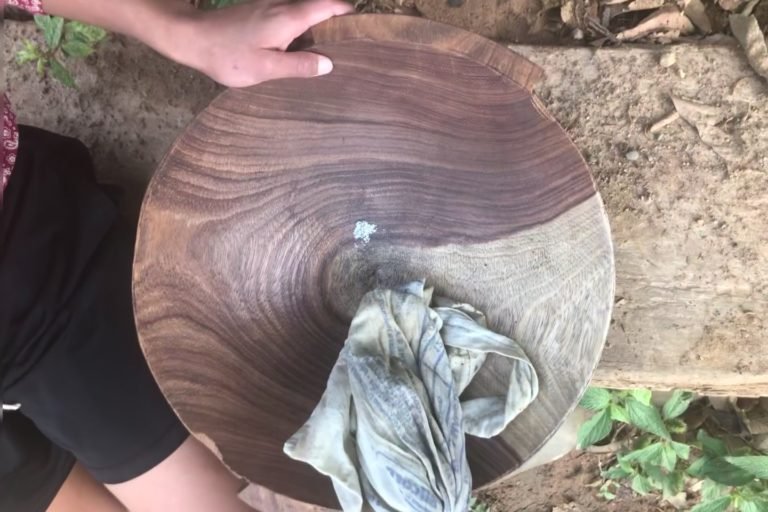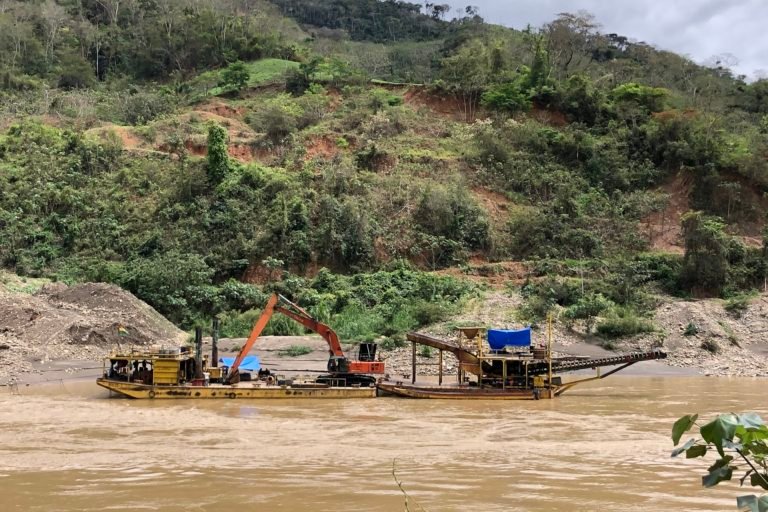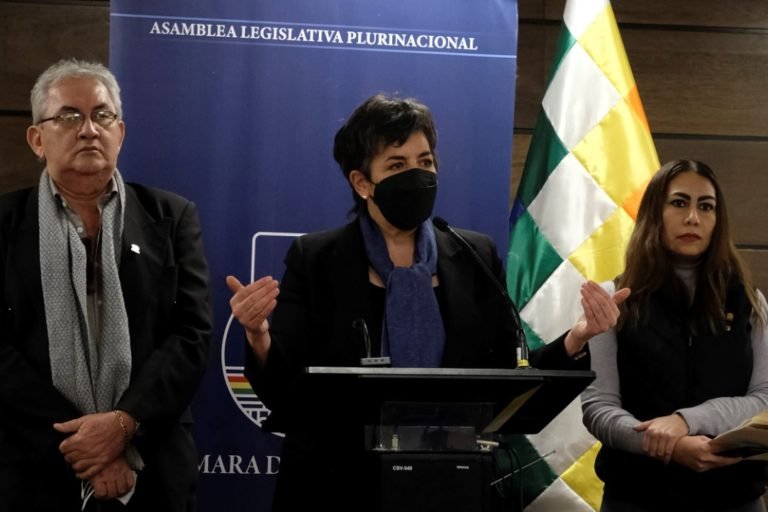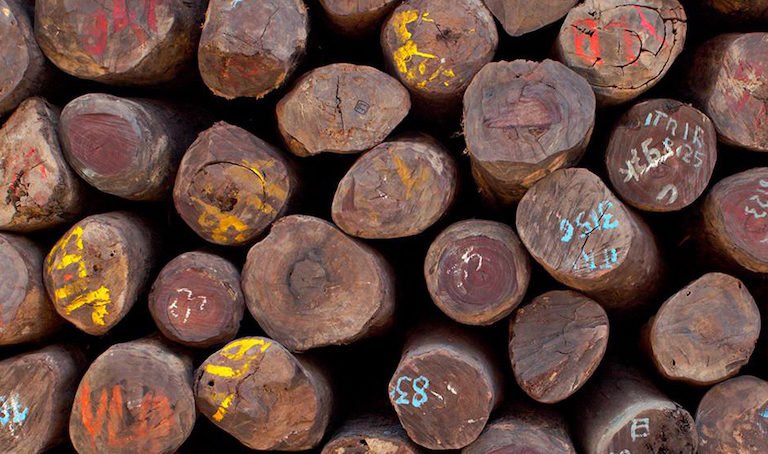- Bolivia is one of the few countries in South America yet to ban the import of the toxic chemical mercury, facilitating its use in illegal mining throughout the region.
- An October U.N. report highlighted Bolivia’s high rate of mercury imports and the need to regulate the distribution and use of the chemical, which has polluted entire watersheds in the country and poisoned animals and Indigenous communities alike.
- Some Bolivian government officials have called for a ban on the import of mercury and better controls on mining operations, many of which run without permits or government oversight.
LA PAZ — Mercury, even at room temperature, will slowly transition from its silver liquid state into a dangerous vapor that, when inhaled, can leave a person with permanent brain and lung damage. It also happens to be extremely useful for separating gold from other particles, like dirt, making it a popular tool for many mining operators throughout South America.
Miners often dump the chemical into rivers, where it spreads through the watershed and seeps into the ground. Fish and other freshwater animals absorb it into their bodies, and then it climbs up the food chain until reaching humans — often members of local and Indigenous communities in the Amazon.
Recognizing the overwhelming public health and environmental risks of mercury, Ecuador and Peru banned imports in 2015 and, in the years following, implemented a series of regulations on chemical use in artisanal mining. Colombia followed suit in 2018. Brazil, although it hasn’t prohibited mercury imports, has created customs regulations for it and now requires a permit for using mercury while mining.
Bolivia, however, has done almost nothing to regulate it. The import and export of mercury is still legal — it’s treated like any other substance at customs — as is its distribution inside the country. Critics of the Bolivian government say its failure to act has exacerbated the damage done by illegal mining and fueled a black market in the region.
“You can go to the stores around [the capital La Paz], up into the hills, and they’ll sell you mercury as if it were any other product, processed,” Cecilia Requena, a senator representing the department of La Paz, told Mongabay. “They’ll ask you how much you want. There are reports that they’re burning mercury amalgam in some streets here in La Paz, in stoves that overlook the street. The mercury smoke comes out there. It’s toxic.”
The country has in recent years led the world in mercury imports, ahead of China, India, Russia and the United Arab Emirates, according to an October U.N. Human Rights Council report. And those figures might be understating the issue: More than 60% of Russia’s mercury imports are subsequently reexported to Bolivia, the U.N. report said.
Most of Bolivia’s mercury imports, which add up to about 200 tons per year, come from Mexico, the report said.
Senator Requena, who chairs the Senate commission on land and territory, natural resources and the environment, said La Paz serves as a distribution hub for mercury. After arriving from abroad, it moves from the capital to Peru and Brazil. Buyers from Ecuador and Colombia are also common, a mercury trader who asked to stay anonymous due to the risk involved in their work, told Mongabay.
The mercury market behaves similarly to those for contraband and drug trafficking, the trader said, relying on bribes and government connections to navigate dangerous border crossings. “You risk being robbed or lied to,” the trader said. “If you go and buy it on the black market, either they rob or kidnap you. It’s complicated. That’s why you have to be really careful.”

Much of the mercury that stays in-country moves north from La Paz to mining concessions in and around Madidi National Park, a 19,000-suare-kilometer (7,300-square-mile) protected area that, in addition to being a biodiversity hotspot, has become the heart of illegal gold mining in the country.
“Have you seen the Coroico River?” asked Cleocir Sompero Salas, president of the City Council in Teoponte, a town outside the park that’s been hit hard by illegal mining in recent years. “It used to be clean … Now, it’s dark and cloudy.”
Operators of the March 19 Wituponte Gold Cooperative in Guanay, another town near Madidi National Park, said they use around 50 grams of mercury for every metric ton of soil excavated, or about 1.6 ounces per ton. There are countless similar mining operations in the same area — many of them without government permits — dumping mercury, Mongabay found in a recent investigation.
Leaders of the Leco Indigenous People and Original Communities of Larecaja group (PILCOL) in the mining town of Guanay said that, in some areas of La Paz department, they’ve seen as much as 2 metric tons of mercury being dumped into rivers on a weekly basis, poisoning marine life and preventing the communities from fishing.
Mongabay has reported on other Indigenous communities suffering from long-term health issues as a result of mercury use in mining.
In recent years, an increasing number of animals in Madidi National Park and other areas hit by illegal gold mining have suffered from sicknesses and lesions caused by what appears to be exposure to toxic chemicals, some of which could be mercury, according to the Senda Verde Wildlife Refuge in Coroico.

“The miners never have a mitigation plan,” said Senda Verde senior veterinarian Fidel Fernandez Anagua. “They never put things back the way they were. We’ve had a lot of problems in these rivers.”
The Ministry of Mining and Metallurgy and the Mining Administrative Jurisdictional Authority (AJAM), charged with overseeing safe mining practices in Bolivia, declined several requests for comment for this story.
Conservationists point to the Bolivian government’s failure to implement the Minamata Convention, an international treaty regulating mercury use, as the root of the problem. The country was a signatory alongside most other South American countries when the convention was approved during a U.N. negotiating committee in 2013. And while Bolivia went on to ratify the convention in 2016, it didn’t implement any regulations within the required three-year window, according to Marcos A. Orellana, the U.N. special rapporteur on toxics and human rights and author of the recent U.N. Human Rights Council report.

Orellana has sent several letters to the Bolivian government urging it to act, including one last year that said there was a “lack of adequate regulation of trade and use of mercury in Bolivia, in particular artisanal and small-scale gold mining, which has generated serious impacts on the human rights of populations affected by mercury contamination, including members of Indigenous peoples.”
With Orellana’s most recent report this October naming Bolivia as one of the top contributors to mercury pollution, the topic has reentered the national conversation, suggesting that some policy changes may come soon.
“The government is feeling the pressure right now,” Senator Requena said.
Banner image: The Mapiri River in northern La Paz, Bolivia. (Photo by Maxwell Radwin)
FEEDBACK: Use this form to send a message to the author of this post. If you want to post a public comment, you can do that at the bottom of the page.











